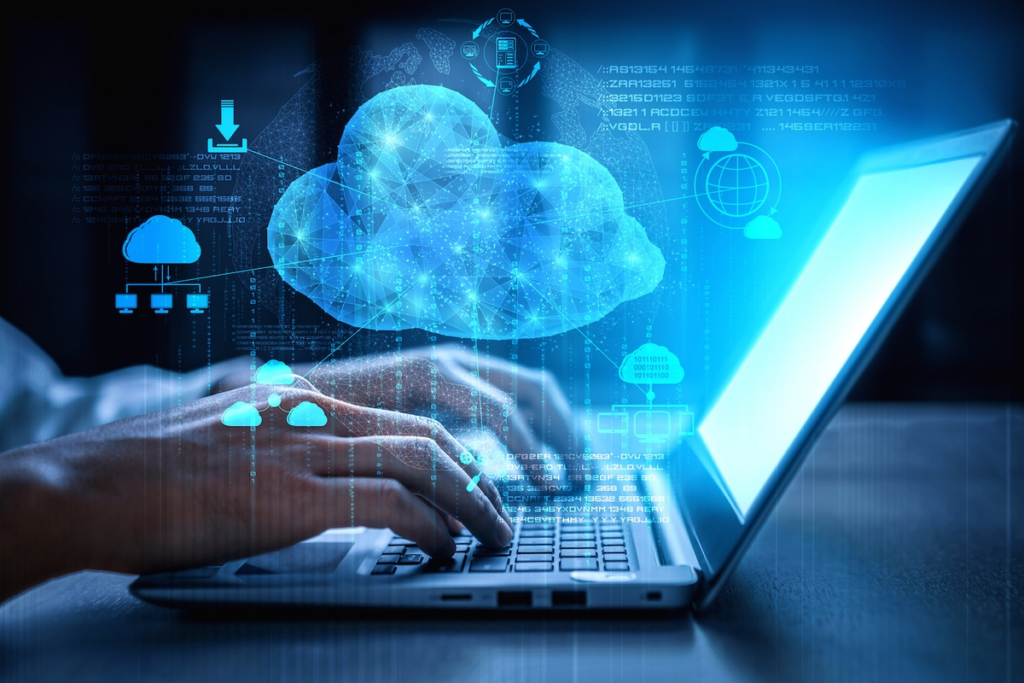
In today’s fast-paced world, computing technology plays a pivotal role in almost every aspect of our lives. From smartphones to supercomputers, it has become an integral part of modern society. This article will delve into the fascinating world of computing technology, exploring its evolution, current trends, and its impact on various industries.
Table of Contents
- Introduction to Computing Technology
- Historical Perspective
- Components of Computing Technology
- 3.1. Central Processing Unit (CPU)
- 3.2. Memory (RAM and Storage)
- 3.3. Input and Output Devices
- 3.4. Software
- Types of Computing Devices
- 4.1. Personal Computers (PCs)
- 4.2. Mobile Devices
- 4.3. Servers
- 4.4. Supercomputers
- Operating Systems
- The Internet and Networking
- Artificial Intelligence and Machine Learning
- Cybersecurity
- Cloud Computing
- Quantum Computing
- The Impact of Computing Technology
- 11.1. Healthcare
- 11.2. Education
- 11.3. Business and Finance
- 11.4. Entertainment
- Challenges and Ethical Concerns
- Future Trends in Computing Technology
- Conclusion
Introduction to Computing Technology
Computing technology, in its essence, involves the use of computers and computer-related systems to process, store, and communicate information. It encompasses a wide range of devices, software, and technologies that have evolved over the years, revolutionizing the way we live and work.
Historical Perspective
The journey of computing technology dates back to ancient civilizations, where simple devices like the abacus were used for arithmetic calculations. However, the true revolution began in the mid-20th century with the invention of the modern computer. Pioneers like Alan Turing and John von Neumann laid the foundation for the digital age.
Components of Computing Technology
3.1. Central Processing Unit (CPU)
The CPU is the brain of any computing device. It executes instructions, performs calculations, and manages data flow within the system.
3.2. Memory (RAM and Storage)
Memory is essential for storing data and running applications. RAM (Random Access Memory) provides fast access for active tasks, while storage devices like hard drives and SSDs offer long-term data storage.
3.3. Input and Output Devices
Input devices, such as keyboards and mice, allow users to interact with computers. Output devices like monitors and printers display and produce results.
3.4. Software
Software encompasses operating systems, applications, and programs that enable computers to perform specific tasks.
Types of Computing Devices
4.1. Personal Computers (PCs)
PCs are the most common computing devices used for various tasks, from office work to gaming.
4.2. Mobile Devices
Smartphones and tablets have become indispensable for communication, entertainment, and productivity.
4.3. Servers
Servers are powerful computers that provide services and data to other computers over a network.
4.4. Supercomputers
Supercomputers are used for complex scientific simulations and calculations, pushing the boundaries of computational capabilities.
Operating Systems
Operating systems like Windows, macOS, and Linux provide the necessary interface between hardware and software, ensuring smooth operation.
The Internet and Networking
The internet connects billions of devices worldwide, enabling communication and data exchange on a global scale.
Artificial Intelligence and Machine Learning
AI and machine learning algorithms use computing power to analyze data, make predictions, and automate tasks.
Cybersecurity
As technology advances, cybersecurity becomes crucial in protecting sensitive data and systems from cyber threats.
Cloud Computing
Cloud services offer scalable storage and computing resources over the internet, transforming the way businesses operate.
Quantum Computing
Quantum computing is on the horizon, promising exponential leaps in computational power and problem-solving capabilities.
The Impact of Computing Technology
11.1. Healthcare
Computing technology has revolutionized medical research, diagnostics, and patient care.
11.2. Education
In education, technology enhances learning through interactive tools and online resources.
11.3. Business and Finance
Businesses rely on computing for operations, data analysis, and financial transactions.
11.4. Entertainment
The entertainment industry thrives on technology, from gaming to streaming services.
Challenges and Ethical Concerns
As technology advances, concerns arise regarding privacy, data security, and ethical AI development.
Future Trends in Computing Technology
The future promises exciting developments in quantum computing, AI, and the expansion of the internet of things (IoT).
Conclusion
Computing technology has come a long way since its inception, reshaping our world and enabling remarkable achievements. As we move forward, staying informed and adapting to the latest trends is essential to harness the full potential of this ever-evolving field
